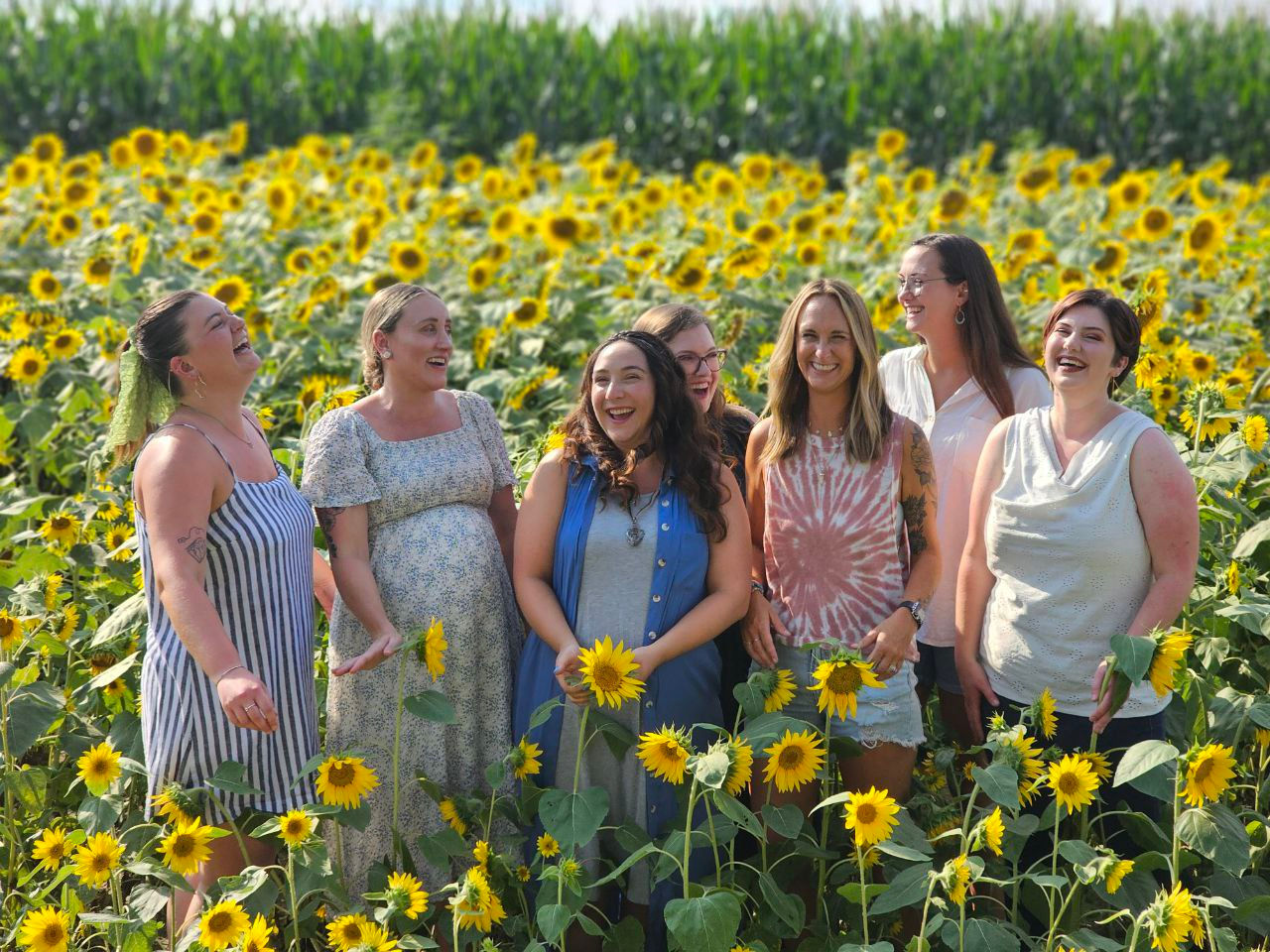top of page

Search
MTSTL Blog Home


Find Your Rhythm: A Unique 2-Day Music Therapy Journey at Willmore Park!
At Music Therapy St. Louis, we believe in connecting with ourselves and the world around us in meaningful ways. That's why we're thrilled...
kaela929
Jul 92 min read


Holding On to "Beautiful Things": Using Music Therapy to Cultivate Coping Skills
In our fast-paced world, it's easy to get caught up in the worries of tomorrow or the regrets of yesterday. But what if we could ground ourselves in the present, appreciating the "beautiful things" we already have, and then use that appreciation as a foundation for mental well-being?
kaela929
May 193 min read


Finding Harmony: How Music Therapy Supports Mental Health
In our fast-paced world, prioritizing mental well-being has never been more crucial. While traditional therapies offer invaluable support, a growing body of evidence highlights the profound impact of complementary approaches. Among these, music therapy stands out as a unique and powerful tool for mental health, offering a pathway to healing, expression, and connection.
kaela929
May 133 min read


Making Opposites Attract with Music Therapy! The "Opposites Song"
One of our go-to interventions for our younger clients is the ever-popular "Opposites Song"!
This simple yet effective song is a fantastic tool for teaching contrasting concepts, encouraging movement, and boosting language development – all within a joyful musical experience.
kaela929
Apr 102 min read


Setting the Tone with a "Rules Song" 🎶
Ever wonder how our early childhood music therapists set the stage for a great session? Meet "The Rules Song"! One of our music therapists, Kaela, created the rules song for a fun and engaging way to introduce expectations and help little ones get ready to learn and play. Plus, it's a fantastic tool to gently redirect when needed!
kaela929
Feb 282 min read
bottom of page

